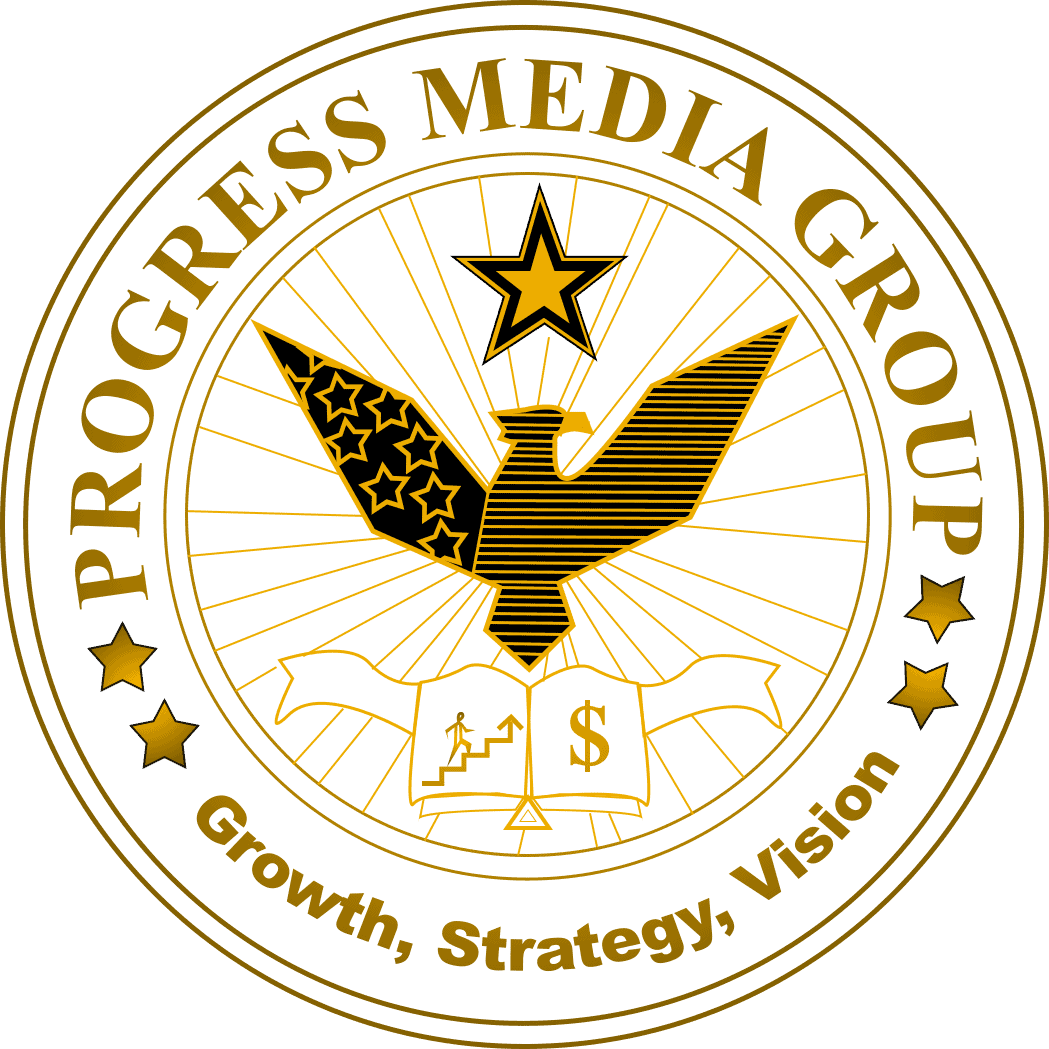Aesthetic Web Design Approach: Creating Visually Stunning and User-Centric Websites
Introduction:
In the digital age, where visual appeal plays a significant role in capturing users’ attention, aesthetic web design has become a crucial aspect of creating successful websites. An aesthetic web design approach focuses on creating visually stunning and user-centric websites that not only attract visitors but also provide an engaging and memorable user experience. This article explores the importance of an aesthetic web design approach and provides insights into key strategies and best practices to create visually appealing websites.
1. Understanding the Aesthetic Web Design Approach:
The aesthetic web design approach emphasizes the visual elements of a website, including layout, color schemes, typography, imagery, and overall visual appeal. It aims to create websites that are visually pleasing, evoke emotions, and reflect the brand’s identity. However, an aesthetic web design approach goes beyond just visual appeal and also focuses on usability, accessibility, and user experience to ensure a holistic and engaging website.
2. The Impact of Aesthetic Web Design on User Experience:
Aesthetically pleasing websites have a significant impact on user experience. A visually appealing design captures users’ attention, creates a positive first impression, and encourages them to explore further. Well-designed layouts, harmonious color schemes, and visually engaging elements enhance user satisfaction, increase engagement, and improve the overall perception of a brand or business.
3. Key Strategies for Aesthetic Web Design:
a. Visual Hierarchy: Creating a clear visual hierarchy helps guide users’ attention and prioritize important information. By using size, color, contrast, and spacing effectively, designers can direct users’ focus to key elements and ensure a seamless flow of information.
b. Color Psychology: Colors evoke emotions and have a psychological impact on users. Understanding color psychology and using appropriate color schemes can help create the desired mood and atmosphere on a website. Consistency in color choices throughout the website also contributes to a cohesive and visually appealing design.
c. Typography: Typography plays a crucial role in web design, as it affects readability, user experience, and overall aesthetics. Choosing appropriate fonts, font sizes, and line spacing enhances legibility and ensures a visually pleasing reading experience. Combining different font styles can also add visual interest and reflect the brand’s personality.
d. Imagery and Graphics: High-quality images, illustrations, and graphics can significantly enhance the visual appeal of a website. Using relevant and visually captivating visuals helps convey messages, evoke emotions, and create a memorable user experience. Optimizing images for web use ensures fast loading times without compromising visual quality.
e. White Space: White space, also known as negative space, refers to the empty space between elements on a webpage. Proper use of white space helps create a clean and uncluttered design, improves readability, and allows important elements to stand out. It also contributes to a sense of elegance and sophistication.
f. Responsive Design: With the increasing use of mobile devices, responsive design is essential for an aesthetic web design approach. Ensuring that websites adapt seamlessly to different screen sizes and devices enhances user experience and ensures a visually appealing design across platforms.
4. User-Centric Design:
An aesthetic web design approach should always prioritize the needs and preferences of the target audience. Conducting user research, understanding user behavior, and incorporating user feedback into the design process helps create user-centric websites. By considering user expectations, preferences, and usability, designers can create visually stunning websites that are intuitive and easy to navigate.
5. The Business Benefits of Aesthetic Web Design:
a. Increased Brand Perception: A visually appealing website creates a positive perception of a brand or business. It conveys professionalism, attention to detail, and a commitment to quality. Aesthetically pleasing designs can help build trust, credibility, and brand recognition.
b. Improved User Engagement: A visually stunning website captures users’ attention and encourages them to explore further. Engaging users through visually appealing elements, interactive features, and intuitive navigation increases user engagement, time spent on the website, and the likelihood of conversions.
c. Enhanced Conversion Rates: A well-designed website that combines aesthetics with usability and user experience can significantly impact conversion rates. By creating visually appealing call-to-action buttons, clear navigation, and seamless user flows, businesses can increase the chances of visitors converting into customers.
d. Competitive Advantage: In a crowded online marketplace, an aesthetic web design approach can give businesses a competitive edge. A visually stunning website that stands out from the competition attracts more visitors, creates a memorable brand experience, and differentiates the business from others in the industry.
Conclusion:
An aesthetic web design approach is essential for creating visually stunning and user-centric websites that leave a lasting impression on visitors. By focusing on visual elements, color psychology, typography, and user experience, businesses can enhance brand perception, increase user engagement, and improve conversion rates. Implementing key strategies such as visual hierarchy, color psychology, and responsive design ensures a cohesive and visually appealing design across platforms. By embracing an aesthetic web design approach, businesses can create websites that not only look visually stunning but also provide an exceptional user experience.


